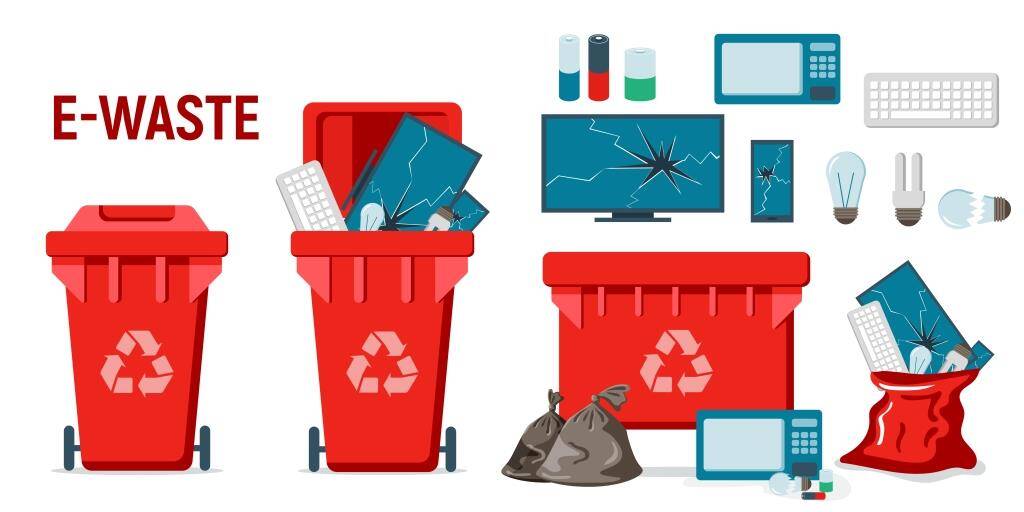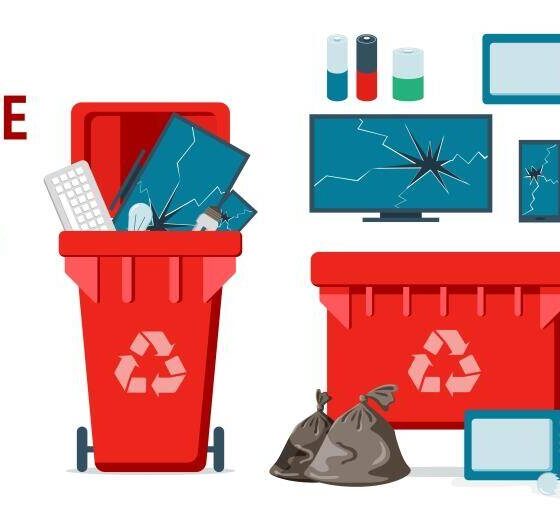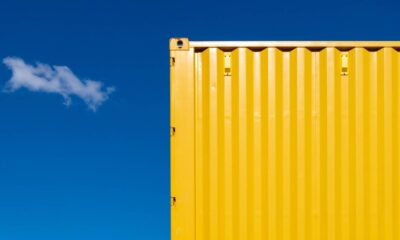

Environment
Understanding the Horrifying Hazards of E-Waste 101
You may have a sincere desire to become an eco-friendly consumer. However, you may have overlooked many of the important changes that you need to make in your life.
One factor that we don’t pay nearly enough attention to is the growth of e-waste. Unfortunately, it is having a terrible effect on us.
Think about the amount of electronics you use every day — stove, coffee maker, microwave, television, lamps, laptops, etc. Of course, there’s your ever-present smartphone. Yet what happens when an appliance or electronic device stops working, or you decide to upgrade? If you’re like many people, you simply toss it in the trash. That’s a big problem, and it’s called “e-waste.”
Infographic provided by sellgpu.com
E-waste refers to electronic or electrical equipment that has been thrown away — whether or not it is functional. E-waste is more dangerous than ordinary trash because the metals it contains can leach into the surrounding ground and water.
The list of e-waste items is extensive:
- Appliances
- Information technology devices such as computers, smartphones and hard drives
- Home entertainment devices — e.g., television and video game systems
- Remote controls
- Heart monitors and dialysis machines
- Office equipment such as phone systems, network hardware, power strips and power distribution systems
- And more
While consumers spend an enormous amount of money on these items, many are simply tossed when they break or are replaced by a newer model — accounting for 9.4 million tons of e-waste every year. This e-waste can wreak havoc on the environment because of the metals it contains. Electronic devices such as smartphones and laptops may also contain confidential information that can be stolen from e-waste, which makes proper disposal even more important.
One option for e-waste is recycling. Chances are, you do it already — setting aside plastic, paper and glass to be picked up by your trash service. Doing so helps decrease the amount of garbage that goes into landfills, which is good for the planet. That said, recycling e-waste can have other positive consequences for the environment: It reduces the amount of garbage produced as well as the amount of valuable metals that must be mined for new electronics and other electronic devices.
For example, recycling circuit boards can produce valuable minerals. One ton of circuit boards can contain as much as 40 to 800 times more gold and 30 to 40 times more copper than in 1 metric ton of ore. The accompanying resource explains more about why e-waste is dangerous; it also covers eco-friendlier disposal methods.
You need to do everything that you can to lower your production of e-waste. This is going to make a big difference in our carbon footprint and help preserve nonrenewable resources for the years to come.
Resources:


 Environment10 months ago
Environment10 months agoAre Polymer Banknotes: an Eco-Friendly Trend or a Groundswell?

 Environment11 months ago
Environment11 months agoEco-Friendly Home Improvements: Top 7 Upgrades for 2025

 Features9 months ago
Features9 months agoEco-Friendly Cryptocurrencies: Sustainable Investment Choices

 Features10 months ago
Features10 months agoEco-Friendly Crypto Traders Must Find the Right Exchange



























